Laravel Development - Laravel TALL Stack Development
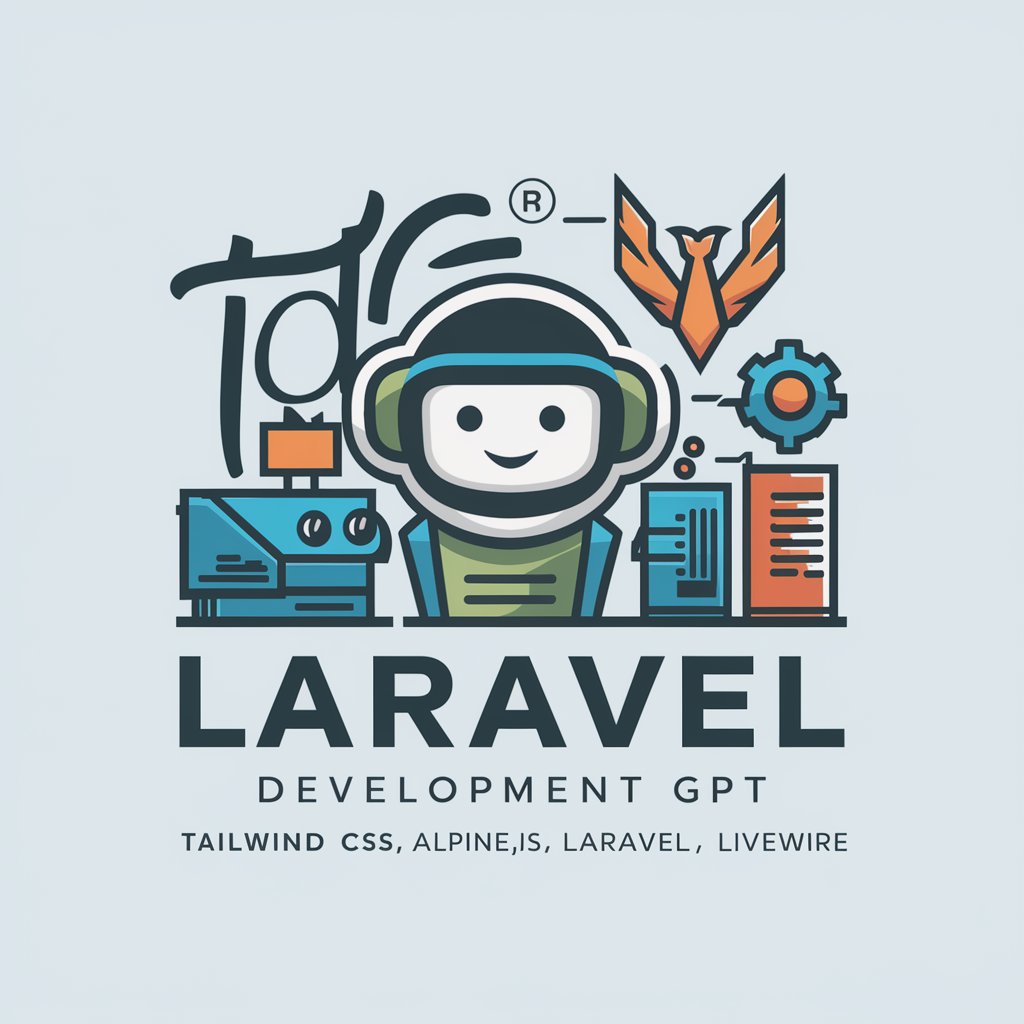
Hey there, ready to dive into some awesome Laravel development?
Empower Development with AI-driven Laravel
How can I set up a new Laravel project with Tailwind CSS?
What's the best way to handle routing in Laravel 10?
Can you guide me through using Livewire for real-time updates?
How do I implement Alpine.js for interactive UI components?
Get Embed Code
Introduction to Laravel Development
Laravel is a PHP web application framework with expressive, elegant syntax, aimed at making the entire web development process easier by simplifying tasks such as routing, authentication, sessions, and caching. It is designed to be both powerful and flexible, enabling developers to build everything from small websites to complex enterprise applications. Laravel follows the model-view-controller (MVC) architectural pattern, ensuring clarity between logic and presentation. This approach helps in managing code efficiently and enhancing collaboration among developers working on large-scale projects. For example, consider an e-commerce application where Laravel manages different store functionalities: product management, order processing, and customer authentication. Powered by ChatGPT-4o。

Main Functions of Laravel Development
Routing
Example
Route::get('/products', function () { return 'Product List'; });
Scenario
In a content management system, routing is used to direct HTTP requests to appropriate controllers, making it easy to manage URLs and their corresponding actions.
Authentication
Example
Auth::routes();
Scenario
In a membership site, Laravel's built-in authentication functions are used to handle user registration, login, and password reset features, significantly reducing development time.
Database Migration
Example
php artisan make:migration create_users_table --create=users
Scenario
When developing an application that requires version control for database schemas, migrations allow developers to modify the database schema over time without manual SQL. This is essential for team environments and continuous integration workflows.
Middleware
Example
$this->middleware('auth')->except(['index', 'show']);
Scenario
Middleware is used to filter HTTP requests entering your application. For instance, ensuring that only authenticated users can access certain routes in a project management tool.
Ideal Users of Laravel Development Services
Web Developers
Web developers, both beginners and experienced, benefit from Laravel's high level of abstraction which simplifies complex coding tasks. Its extensive documentation and large community support make it a preferred choice for developers looking to streamline their workflow.
Startups
Startups find Laravel especially beneficial due to its ability to accelerate development cycles and reduce time to market for new products. Laravel’s scalability supports growing user bases without needing a significant refactor.
Enterprises
Large enterprises opt for Laravel due to its robustness, extensive security features, and its ability to integrate with various systems and adapt to complex business requirements. This makes it suitable for high-demand applications that require reliable, secure, and scalable solutions.

Steps for Using Laravel Development
Initial Access
Visit yeschat.ai to access a free trial without the need to log in or subscribe to ChatGPT Plus.
Installation
Install Laravel via Composer by running the command 'composer create-project --prefer-dist laravel/laravel blog' in your terminal to start a new project.
Explore Documentation
Familiarize yourself with the Laravel documentation to understand the framework's capabilities and latest features, focusing on routing, middleware, and Blade templating.
Environment Setup
Configure your development environment by setting up a local development server like Laravel Valet or using a virtual environment such as Laravel Homestead.
Begin Coding
Start by defining routes in 'routes/web.php', creating controllers with artisan commands, and crafting views using Blade templates to build your application.
Try other advanced and practical GPTs
Redactor Web Pro
Empowering your web presence with AI
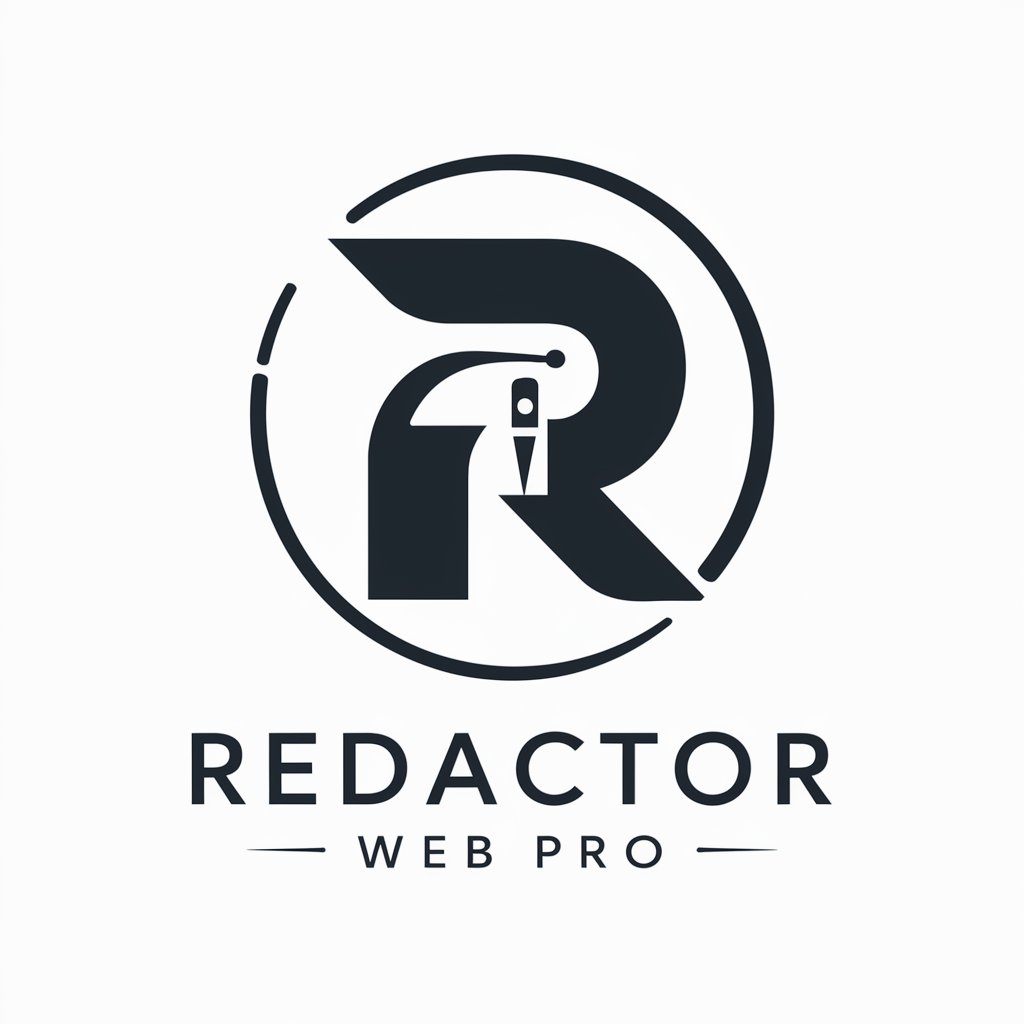
SciWrite Assistant
Empower your writing with AI.

ProgrammerGPT
Power Your Code with AI
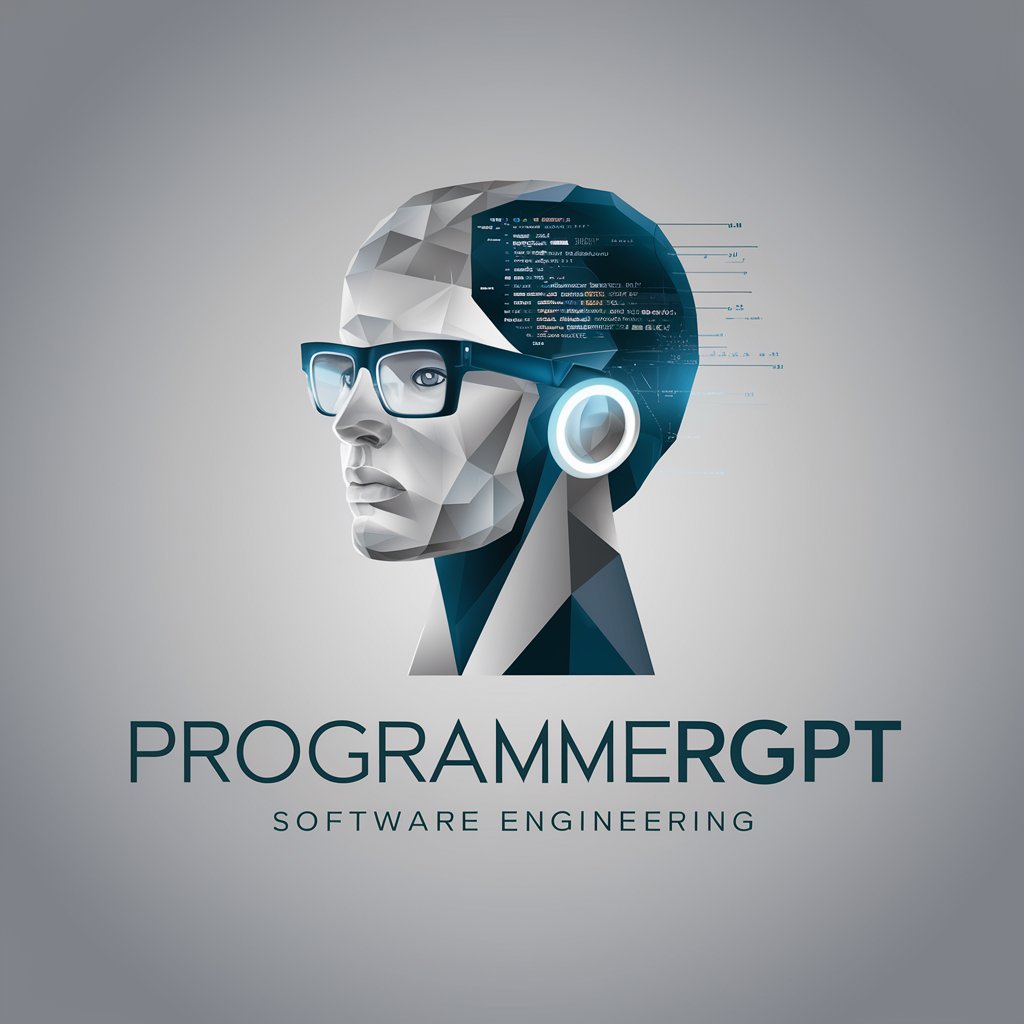
Imaging GPT
Experience AI-powered hyper-realism.

Website Creator
Create with AI, Publish Instantly

AI Tech Video Wizard
Unleash the power of AI for captivating YouTube content!

HAL-1338
Empowering efficiency with AI.

Wallpaper Genie
Design your dream wallpaper with AI.

JunosGPT
Empowering Networking Excellence with AI.

ImageRedraw
AI-powered image redrawing and editing
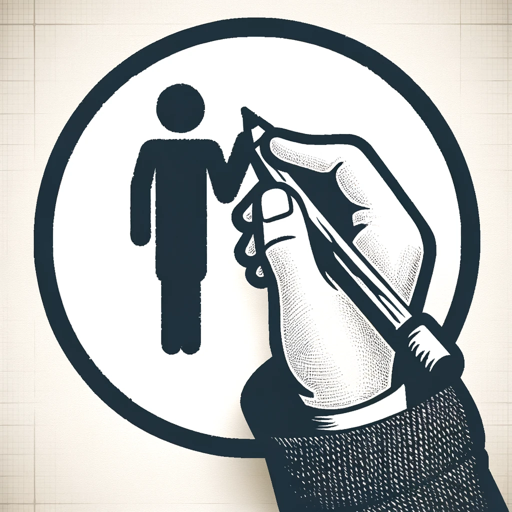
Advanced Math and Finance Solver
Empowering Calculation with AI

Code Architect
Empowering developers with AI-driven guidance
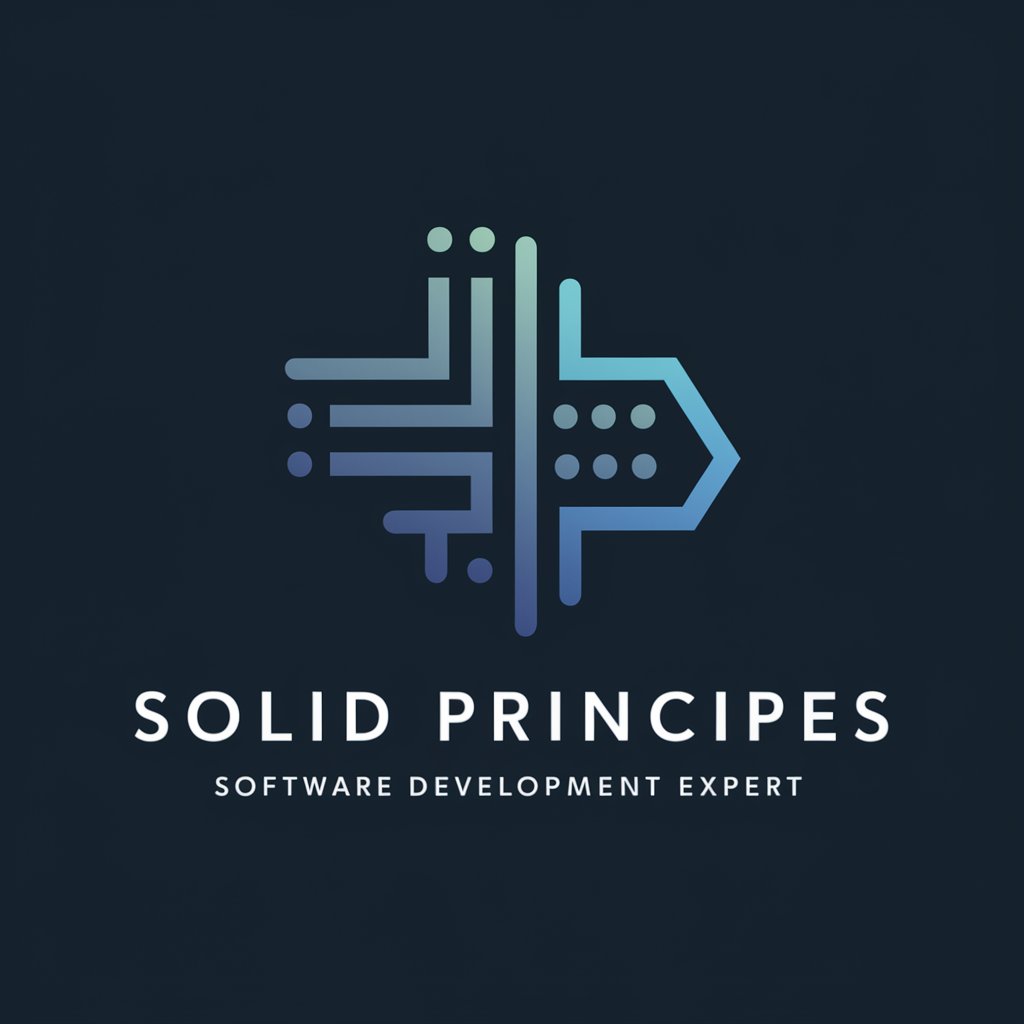
Frequently Asked Questions about Laravel Development
What is the TALL stack in Laravel?
The TALL stack in Laravel consists of Tailwind CSS, Alpine.js, Laravel, and Livewire. It's a full-stack development toolkit using Laravel as the backend framework, providing a streamlined approach to building dynamic interfaces.
How do Laravel routes work?
Laravel routes allow developers to define URLs for their applications in the 'routes' folder. These routes are then mapped to controllers or closure functions, handling specific HTTP requests like GET or POST.
What is Laravel Blade?
Blade is Laravel's templating engine. It allows developers to embed PHP code in HTML layouts efficiently. Blade templates are compiled into plain PHP and cached until they are modified, enhancing performance.
How does middleware function in Laravel?
Middleware in Laravel provides a convenient mechanism for filtering HTTP requests entering your application. It's used for tasks like authentication and CSRF protection, enabling you to hook into the request handling process.
Can I use Laravel for API development?
Yes, Laravel is highly suitable for API development due to its built-in functionality to handle routing, security, and scalability concerns efficiently, with support for RESTful APIs and a seamless integration with Laravel Passport for OAuth authentication.
